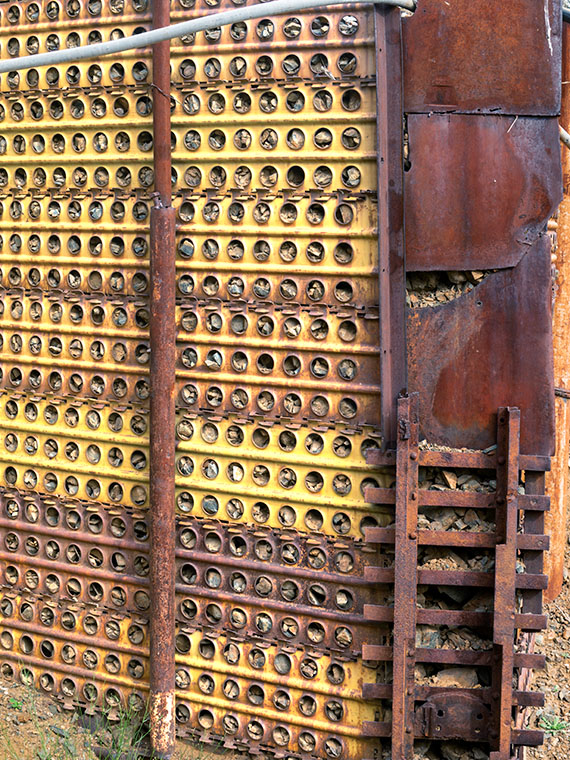There are hundreds—if not thousands—of abandoned towns and mines in Arizona. Most of them don’t have much to offer, because all of the things of interest have been taken away. As I pointed out in last week’s post about Anderson Mill, the good stuff has already been salvaged. In Arizona, there are about ten ghost towns, like Jerome, Bisbee, and Oatman where the residents were able to transform their community into a tourist destination, but the majority of them have returned to nature, and you’re lucky to find a concrete slab.

Last week’s adventure to Anderson Mills is an example of my point. I would have been delighted if the sheds, trucks and other equipment remained on site. Alas, that’s not the case. At least the main-processing structure was still standing, probably because it was welded together and pirates couldn’t easily strip them. From what was left, I even got an idea of how the Anderson brothers cobbled together the plant with scrounged parts and probably no plans. My dad worked like that. He figured it out in his head and would slap things together. I should ask Fred—who’s a certified nuclear welding inspector—what he thought of the fabrication.
As I was shooting, I looked for strong elements of design; colors, patterns,lines—that sort of thing. As we were ready to make the trip home, I didn’t
When I took this picture of the week, I focused on the panels that had alternating yellow color values. I like that against the rusty steel corner plates. However, I didn’t notice the narrow gauge mine-car tracks holding the bottom together. It seems like an expensive piece of scrap metal compared with the other building materials used. I like the abstract feeling of this image, and I call it Retaining Wall.
You can see a larger version of Retaining Wall on its Web Page by clicking here. I hope you enjoy viewing this week’s post and come back next week when we’ll show another featured image from San Domingo Wash.
Until next time — jw

Any weld that meets its intended purpose is a good weld. The retaining wall is a good example.
Jim, a friend of mine is very much into photography and this is what he uses and recommends;
https://store.dji.com/product/mavic-2?vid=45291&from=event-holiday-sale
I have told Anne you NEED a drone!